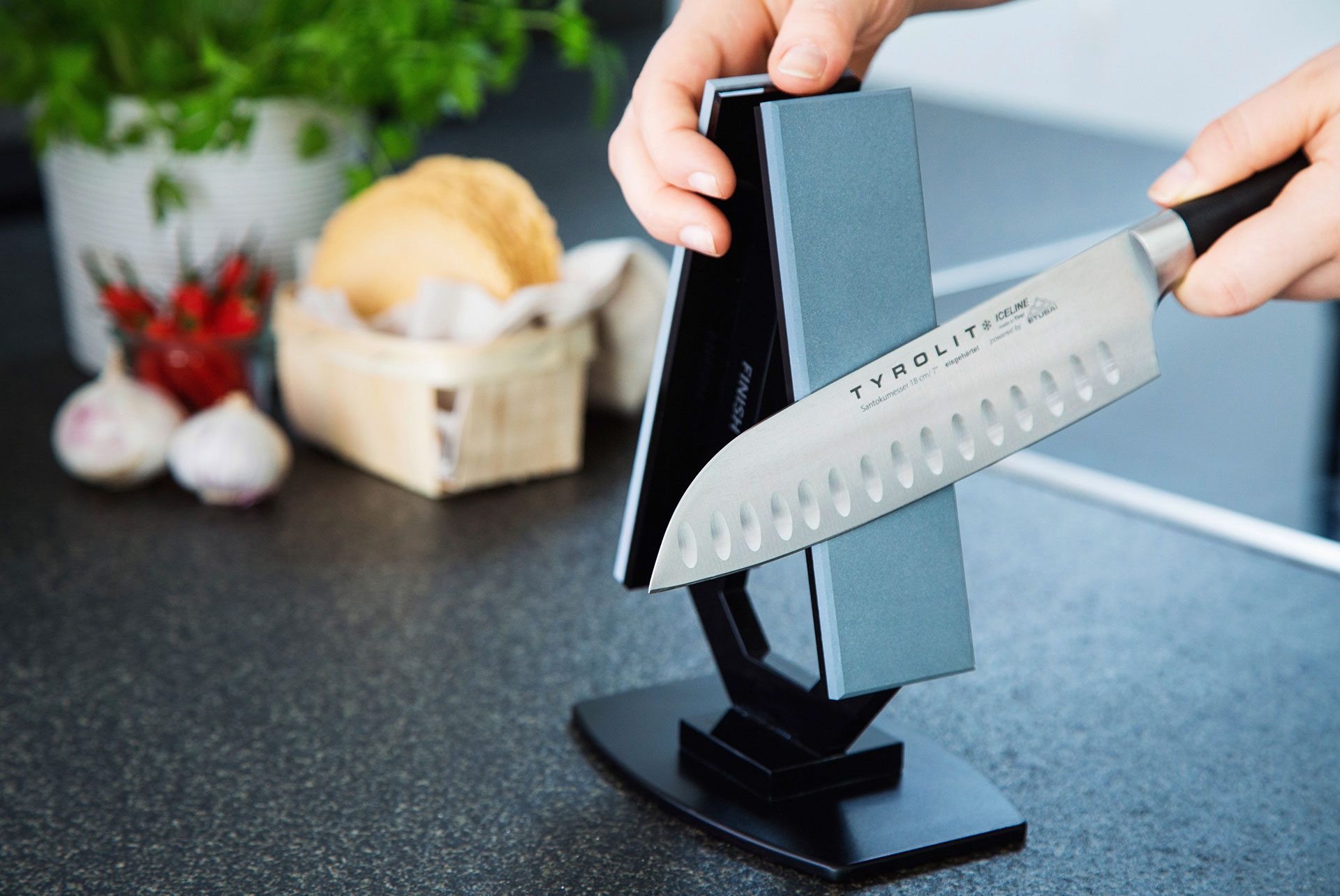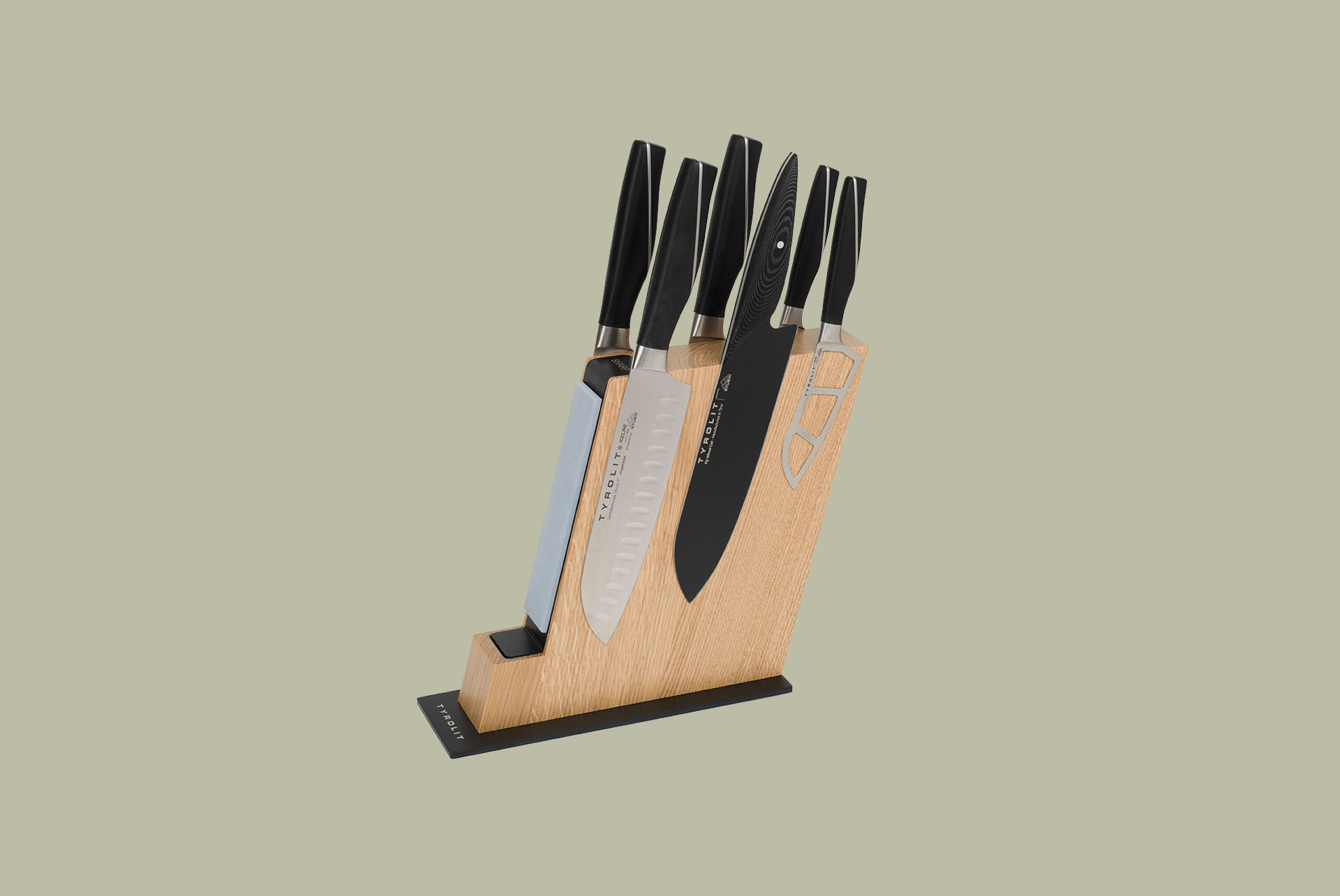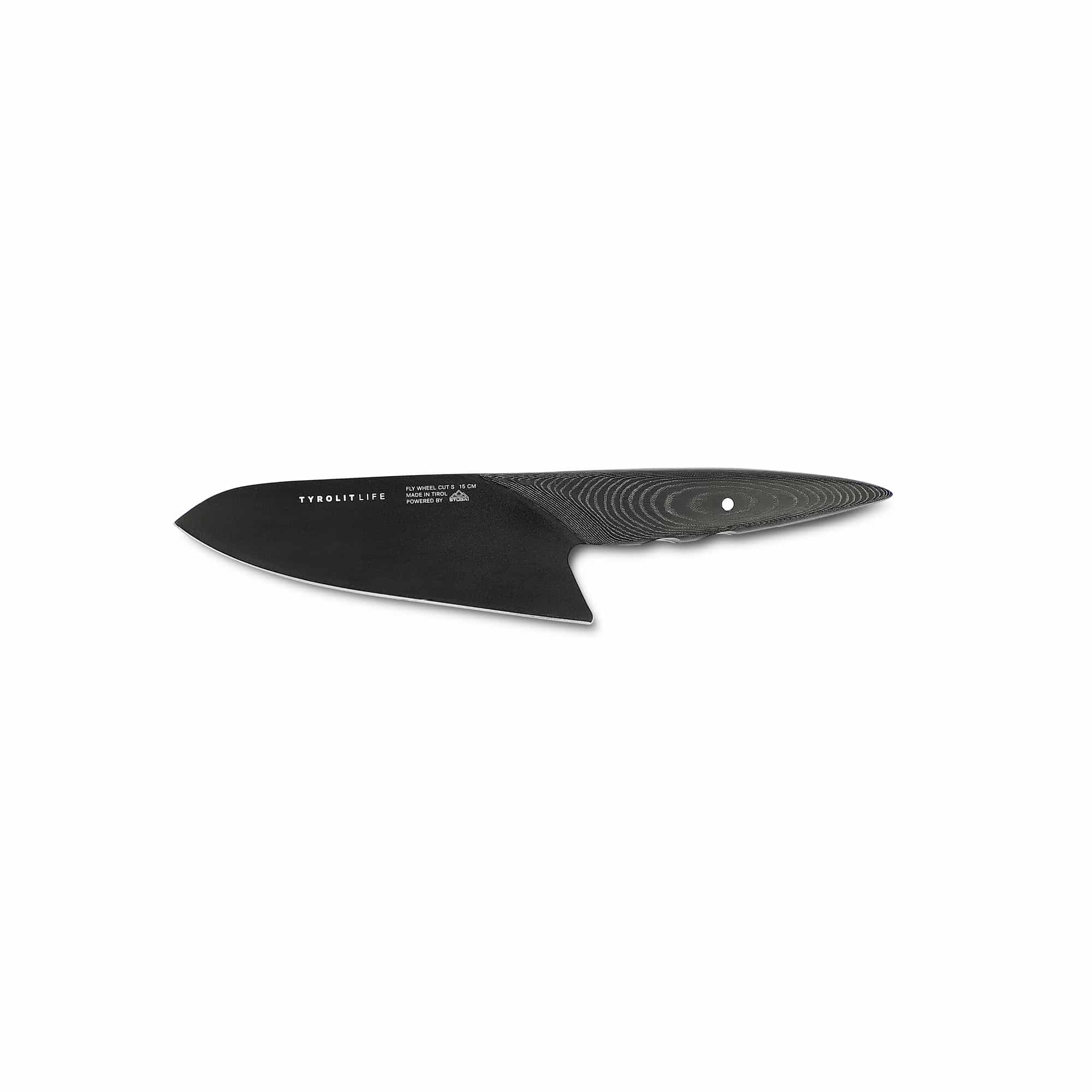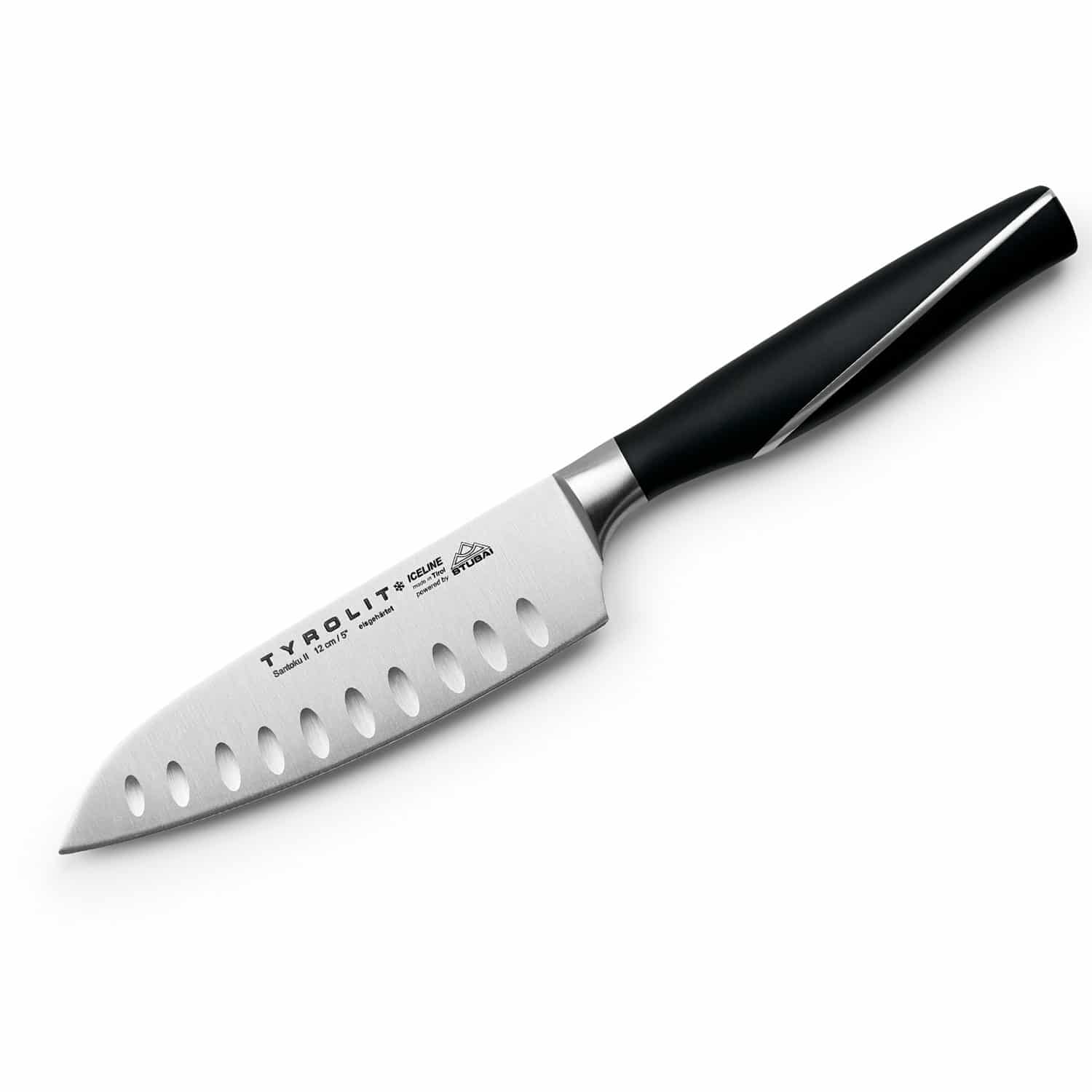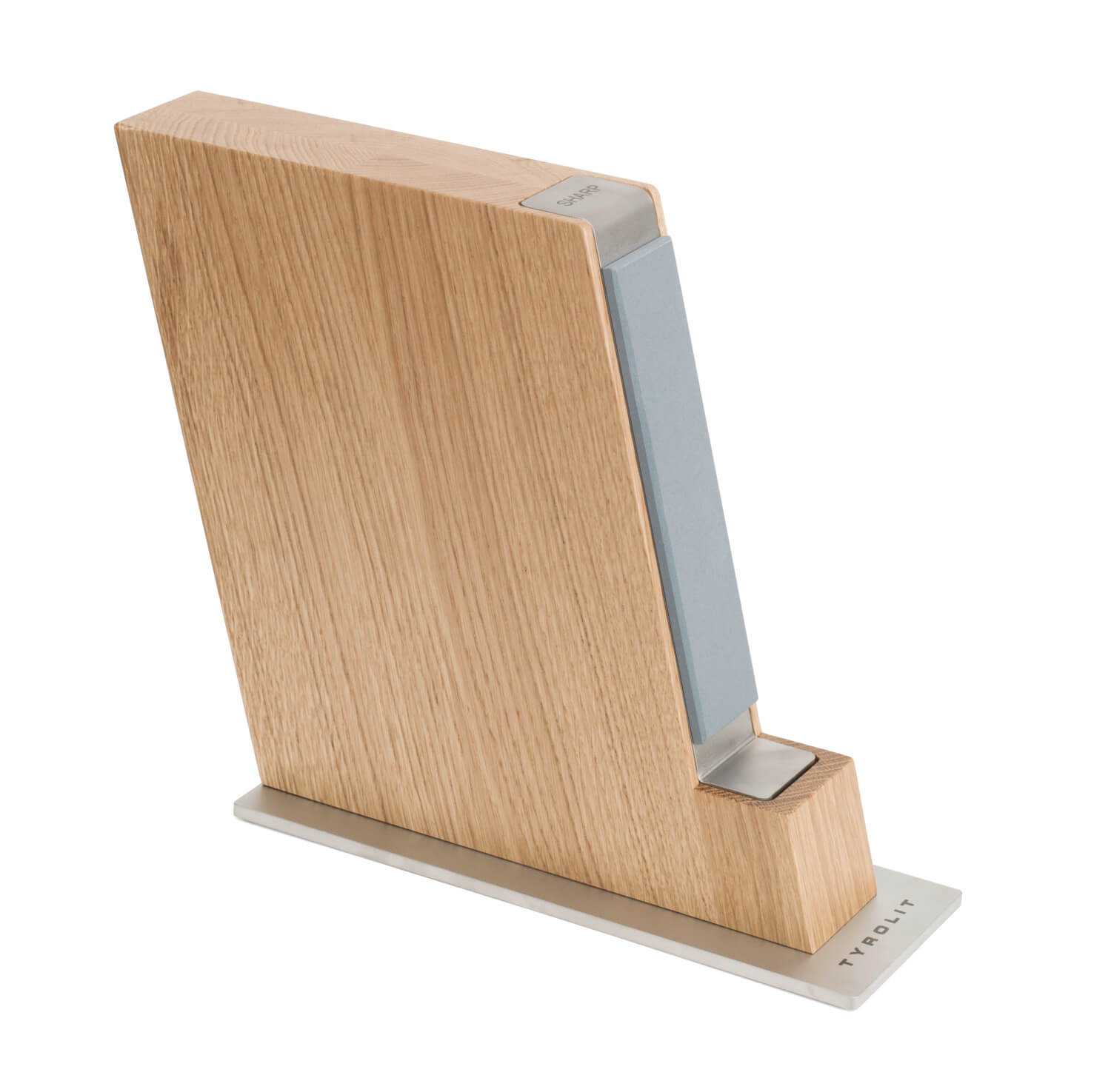7 Benefits of a Small Santoku Knife
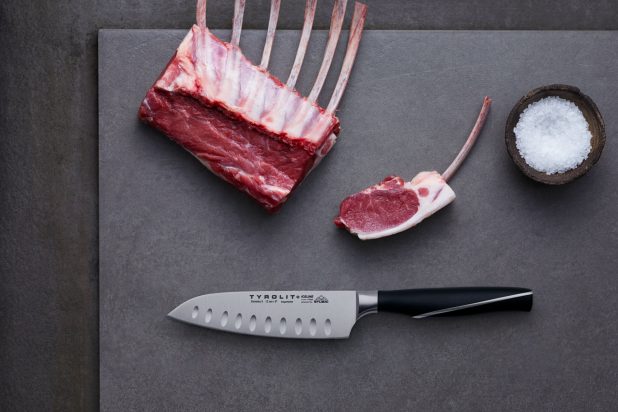
Originally from Japan, the Santoku knife has also become very popular in Western kitchens. The small Santoku knife provides a compact and versatile alternative to its larger counterpart. With its convenient size and characteristic wide blade, it is perfectly suited for a multitude of cutting tasks.
In this article, we will introduce you to the seven biggest advantages of a small santoku knife and show you why it should not be missing in any kitchen.
1. Small Santoku knife – mighty but versatile, just like its bigger sibling
A small Santoku knife is in no way inferior to its larger counterpart in terms of versatility. This compact kitchen tool is perfectly suited for numerous tasks, including chopping vegetables, mincing herbs, or filleting fish.
The knife’s applications are inherent in its name. The Japanese term “Santoku” means “three virtues,” hinting at the knife’s capabilities. Cutting, dicing, and chopping: a Santoku excels at all these tasks.
The small Santoku features a compact size and provides a high level of control and precision, especially beneficial for delicate cuts. Its blade is shorter (for instance, 12 cm as opposed to 18 cm for the Tyrolit Life Santoku knives), meaning that a shorter distance is traveled when cutting, which helps to prevent fatigue.
Nevertheless, this blade length is often sufficient to skilfully cut through foods such as pumpkins and melons.
2. Small santoku knife – wide blade, yet light and precise
Small Santoku knives are even lighter than their larger counterparts, although high-quality Santoku knives can already be made with an extremely low weight.
Due to its lightweight design, the small Santoku knife is especially comfortable to handle and does not fatigue the hand, even during extended cutting tasks. The wide blade enables precise cuts and simultaneously offers stability, while the hollow edge on many models prevents annoying sticking of food. Moreover, the wide blade is particularly handy for transferring food from the chopping board to the hot pan.
Precise control over the wide blade makes the small Santoku knife the ideal tool for fine and detailed cutting techniques. Whether wafer-thin tomato slices or finely chopped herbs – every cut is perfect with a small Santoku knife.
Sharpening Instructions – 11 Tips for Sharpening a Santoku Knife
Learn how to optimally sharpen and grind your Santoku knife. Our guide offers practical tips for proper maintenance and techniques to maximize the lifespan and cutting performance of your knife. Discover the art of knife sharpening and grinding for enduring sharpness and precision.
3. Small santoku knife – also as a European variant
The small Santoku knife is not only available in its traditional Japanese form, but also in a European variant that meets the requirements of Western kitchens.
A major difference lies in the correct sharpening angle for the blade. While Japanese knives often have a flatter angle of about 10 degrees, the sharpening angle for European knives is usually about 15 degrees. This slightly flatter angle makes the blade less sharp, but stable and resistant.
This stability is particularly advantageous when harder foods such as pumpkins or carrots need to be cut. And when it’s time to sharpen the knife, Tyrolit Life, for example, offers user-friendly knife sharpeners with a preset sharpening angle of 15 degrees. Thus, in addition to the numerous other kitchen knives in the range, the Santoku knives of the expert for abrasives and blades can also be ideally sharpened.
4. Damask or stainless steel: the choice is wide
When purchasing a small Santoku knife, you have the option of choosing from a variety of high-quality materials, including Damascus steel and stainless steel. Damascus steel is distinguished by its fascinating pattern and the exceptional sharpness of its blade. These knives are made from numerous layers of steel of varying hardness that are forged together.
But high-quality and extremely resistant Santoku knives can also be made of stainless steel. For example, Tyrolit Life also uses stainless steel (steel material 1.4116): The knives of the Iceline knife series from Tyrolit Life are forged from a single piece of stainless steel and refined by multi-phase ice hardening. This process gives the blades a high hardness (56 HRC) and effective protection against corrosion.
5. Small Santoku as a gift – bring joy with the all-rounder
A small santoku knife is a wonderful gift for any cooking enthusiast. Whether for friends, family or colleagues – this versatile knife brings joy to every kitchen. Because its versatility and high-quality appearance make it a valued gift for both amateur chefs and kitchen professionals.
Stored in an elegant knife block with an integrated sharpener or accompanied by a practical wooden cutting board, the small Santoku knife transforms into a special gift that is both useful and aesthetically appealing. It demonstrates that you have put thought into selecting a practical, yet stylish gift.
Speaking of giving knives: An old superstition says that giving knives is supposed to bring bad luck, because it would cut the bond of love or friendship. However, this can be prevented by giving the recipient a coin in return. In this way, the knife is bought off and superstition is satisfied.
6. Easy care and cleaning
The care of a small Santoku knife is straightforward – not least because it is so manageable. It should be thoroughly cleaned with warm water and a mild cleaning agent after each use, and then dried. Even though some knives are ostensibly dishwasher safe, hand washing is preferable. The blade can suffer damage from high temperatures and harsh detergents, causing the Santoku knife to become dull.
For sharpening and maintaining the blade in perfect condition, a whetstone or a specialized knife sharpener can be used. This is why Tyrolit Life has designed a knife sharpener with a pre-set sharpening angle of 15 degrees, making it suitable for most European types of knives – including the small Santoku from Tyrolit Life.
Storing Santoku Knives – Correct and Safe Storage
Proper storage not only protects the blade from damage and wear, but also contributes to the safety in the kitchen. In this article, we will therefore present various methods of Santoku knife storage and explain how you can optimally protect and care for your knife.
7. Save space with a small Santoku knife
A smaller santoku knife is not only versatile and effective, but also space-saving. In small kitchens, where every centimeter counts, a compact knife is a great advantage. It can be easily stored in a drawer or on a magnetic strip on the wall and can also be used on a small cutting board.
If you want your knives to be particularly well protected, you can use a knife block like the one from Tyrolit Life, which also has a sharpening stone integrated – as well as the large and small cutting boards from the Tyrolean company.
Big and small santoku knives from Tyrolit Life
Tyrolit Life offers both large and small Santoku knives. Like all other knives in the Iceline series, the small Santoku from Tyrolit Life stands out for its exceptional workmanship, achieved in part through the blades’ multi-phase ice-hardening process.
Optionally with a blade length of 12 or 18 cm, the Tyrolean expert for blades and abrasives offers the ideal santoku knife for different requirements. The range also includes high-quality knife blocks and cutting boards with integrated sharpening stone – an ideal overall package for exceptional cooking experiences.
FAQs
What do you cut with a Santoku knife?
What is special about a santoku knife?
How do you hold a Santoku knife correctly?

